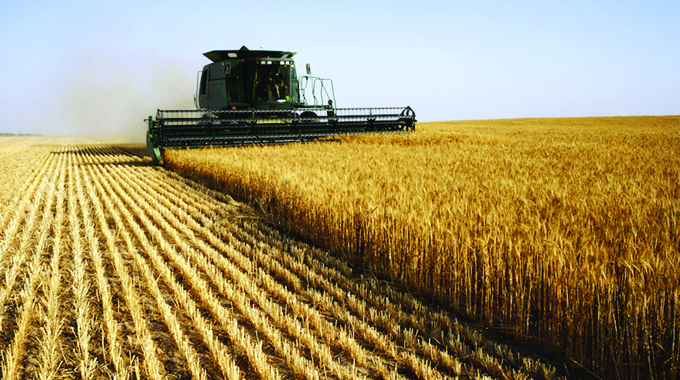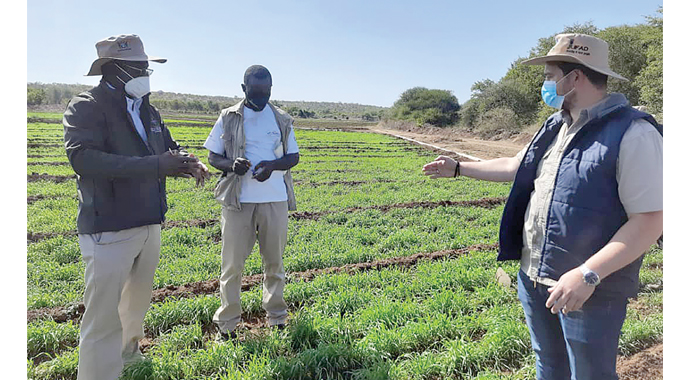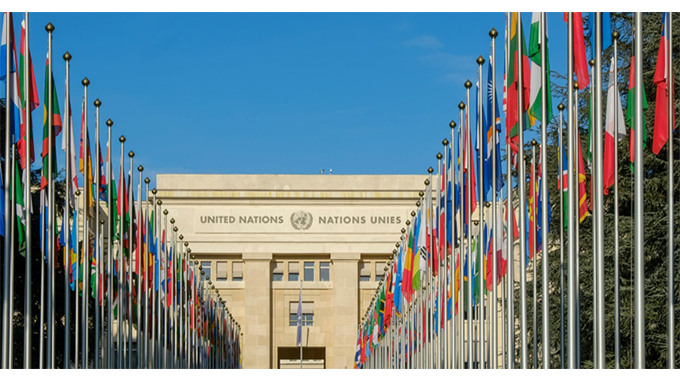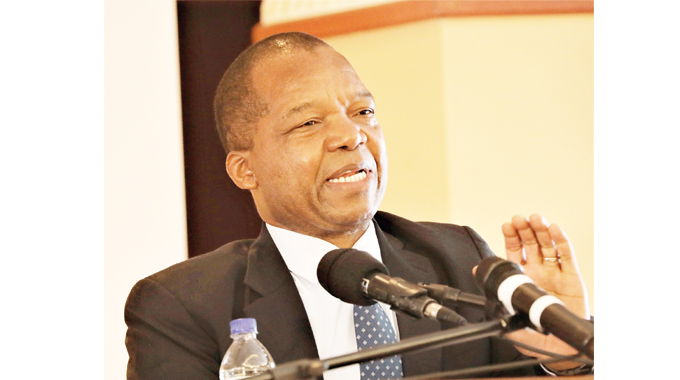COMMENT: Let’s fight to produce enough food for local consumption

RUSSIA and Ukraine account for about 30 percent of global wheat output. Half of Zimbabwe’s wheat imports, the Grain Millers Association of Zimbabwe said in mid-March, come from the two Eastern European nations.
However, with the neighbours involved in a conflict since February, global wheat supply has been disrupted which means Zimbabwe cannot secure supplies from there as smoothly as it used to. We as a country get an important lesson from this disruption of the wheat value chain, the lesson that we must fight to produce enough for local consumption, whether it is maize, wheat, meat and so on.
We think the country got the lesson and is indeed fighting to ensure that we harvest enough wheat to meet national demand of about 400 000tonnes yearly. We reported yesterday that the country had a target of planting 75 000ha under wheat, up from 66 000ha in 2021. Happily, according to a recent Government report, the 2022 planting goal has been achieved.

wheat
“The cumulative planted area to date stands at 75 452 which is 101 percent of the target area of 75 000 hectares. The bulk of the crop is at vegetative stage and is in good condition. The department is currently undertaking a monitoring exercise to establish the performance of the crop in terms of crop condition and to verify the planted area,” read the report.
Provinces like Midlands and Matabeleland South have exceeded their targets. Matabeleland South had a target of 1 800ha but 5 396ha of wheat were planted. For the Midlands, the objective was to put 6 450ha under winter, but the province planted more than 7 600 hectares of it.
“This year was a unique one because farmers were so keen to take up the winter wheat programme,” Matabeleland South provincial agricultural officer Mr Mkhunjulelwa Ndlovu said.
“The element of the Presidential Input Scheme which came into play to assist smallholder farmers with inputs also triggered higher uptake and increase of hectares under wheat. Our staff now have been motorised and can access farmers easily. The trainings underway encourage farmers to get into farming as a business on a higher scale. Everyone is keen to contribute something towards food and nutrition security.”

Matabeleland South provincial agricultural officer Mr Mkhunjulelwa Ndlovu (left)
We are encouraged that the first target has been surpassed. We commend farmers, the Government and banks such as CBZ and the Agricultural Finance Corporation for coming up with facilities to boost the growing of the cereal.
Having surpassed the planting target, we encourage farmers and relevant stakeholders to keep their shoulders to the wheel so that this good beginning yields a good end come October.
We are glad that Mr Ndlovu said electricity supply has been steady in the province so far this season, which means farmers have been able to follow the required irrigation schedules. We hope this has been the case in other wheat-growing areas countrywide.
Farmers must continue working hard, applying fertiliser at the right time and correctly while keeping an eye on their crop for possible disease or pest infestation. Mr Ndlovu also told us that agronomists in his province are now motorised, which means that they are able to visit as many farmers as possible assisting them with technical advice for them to get a good harvest that the country is looking forward to. We hope this is the case nationwide as well.
It looks like all the elements are in place for the targeted harvest of 400 000 tonnes to be achieved so that the country has enough of its second most important cereal after maize. When we have enough of wheat, the Government will save the limited foreign currency it has and direct that money towards importation of medicines and other critical products and services that the country does not produce.











Comments